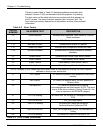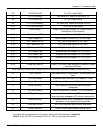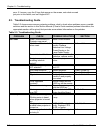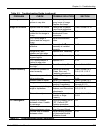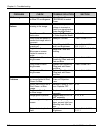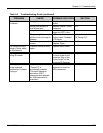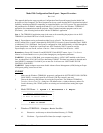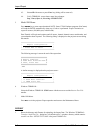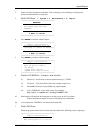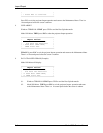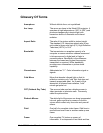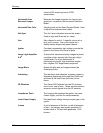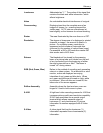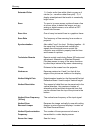
Glossary
Luminance Abbreviated as "Y." The portion of the signal that
contains the black and white information, which
affects brightness.
Noise An undesirable electrical interference of a signal.
Overscanning Displaying less than the complete area of an
image to a viewer (i.e., scanning beyond the
visible area). All TV sets are overscanned at
least slightly, so that viewers do not see blanking.
Raster The area illuminated by the scan lines on a CRT.
Resolution The degree of sharpness of a displayed or printed
character or image; the amount of detail in a
picture. On a display screen, resolution is
expressed as the number of horizontal dots
(columns) by the number of vertical lines (rows).
For example, a 680 x 400 resolution means 680
dots across each of 400 lines.
Retrace The blanked-out line traced by the scanning
beam of a picture tube as it travels from the end
of any horizontal line to the beginning of either
the next horizontal line or field. The beam is
turned "off" during retrace.
RGB (Red, Green, Blue) Refers to the method of recording and generating
colors in a video system. On a television or color
monitor, colors are displayed as varying
intensities of red, green and blue dots. When
red, green and blue are all turned on high, white
is produced. When all dots are turned off, the
base color of the screen appears.
Rollbar Assembly Assembly where the front and rear cover are
hinged to. Used to hold covers in place.
S-VHS A high band video recording process for VHS that
increases picture quality and resolution capability.
S-VHS tape machines use a special output
terminal which allows separate output of
luminance (Y) and chrominance (C) picture
information to monitors equipped with S-Video
inputs.
S-Video A video signal that has the luminance (Y)
information separated from chrominance (C)
information.
Model 200 Service Manual B-3



